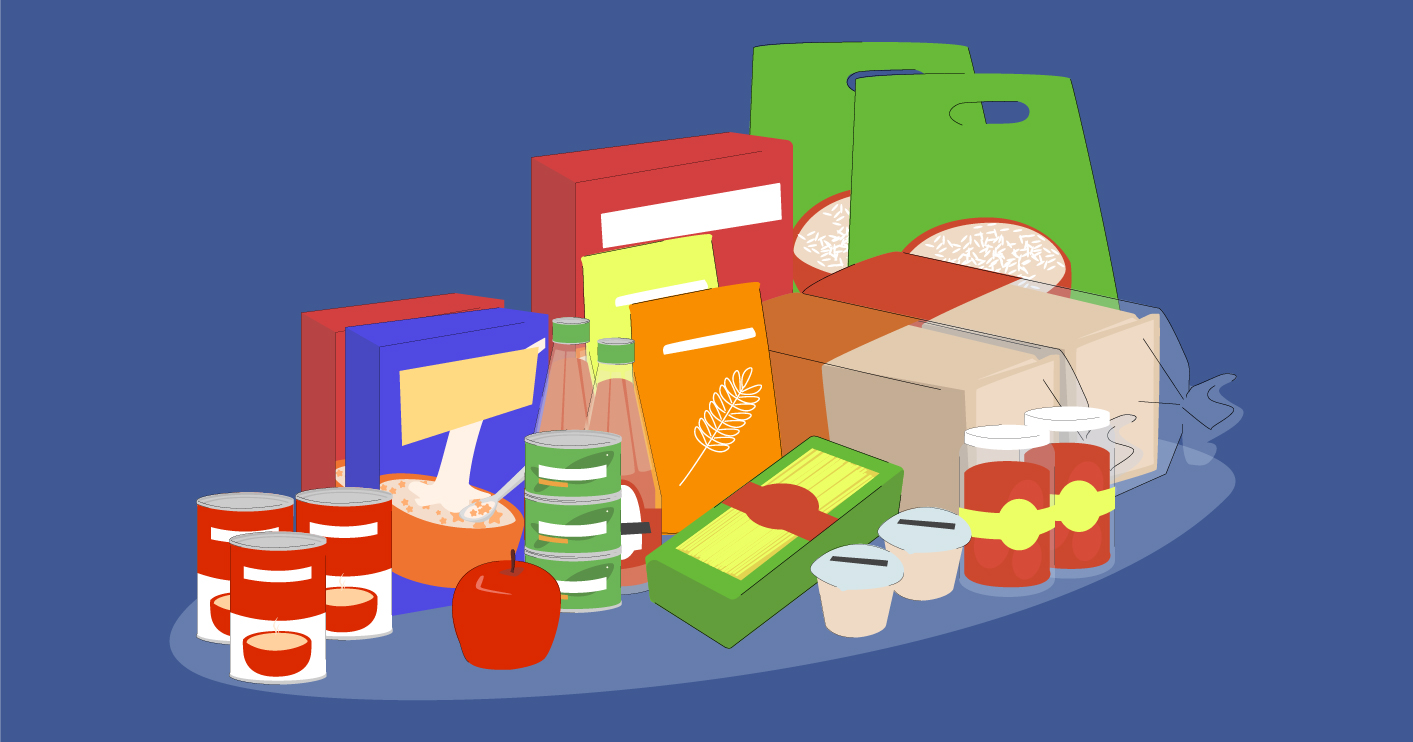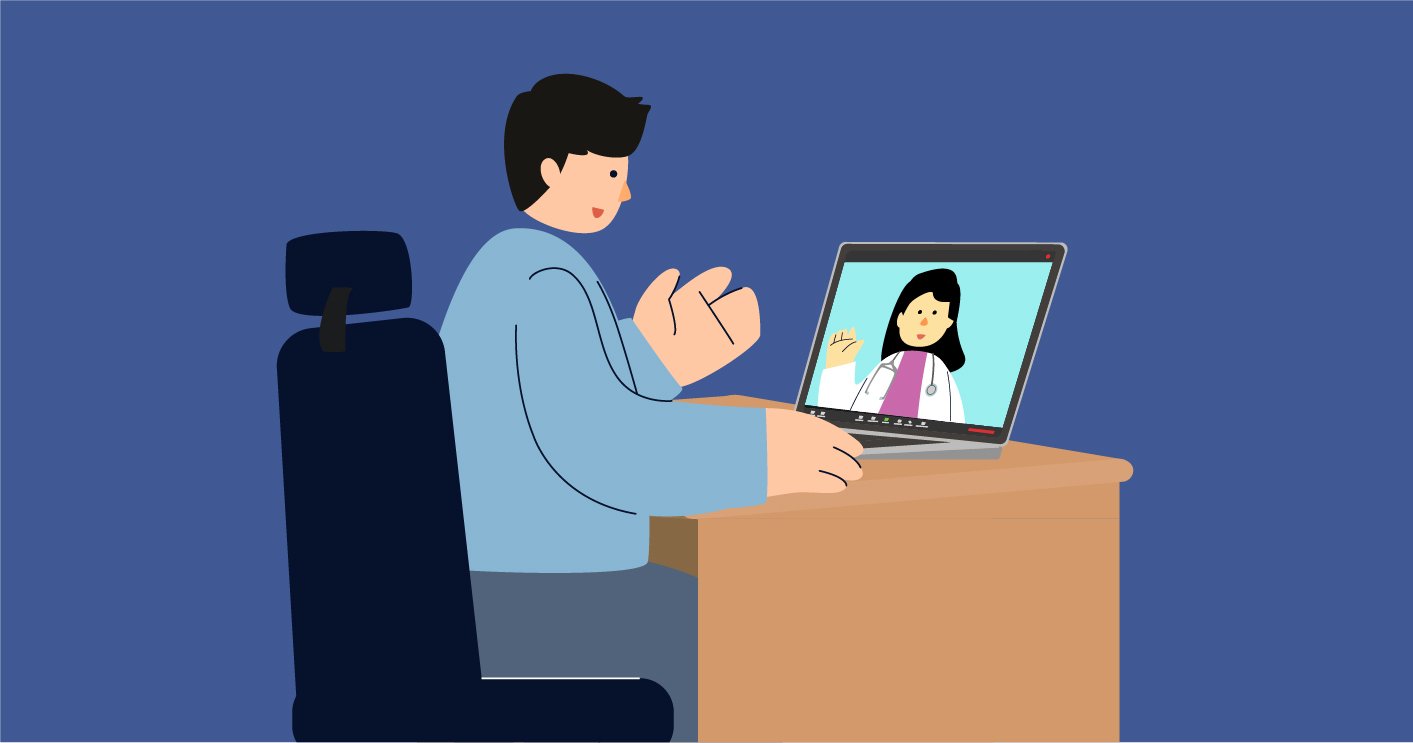Kent District Library has always embraced the unusual. Since 2013, they’ve been expanding the definition of what a library can be. Their approach is simple: they listen closely to their community’s needs, then respond with a wide range of thoughtfully-considered programs and services.
While the past year has been anything but ordinary, KDL rose to the challenge. As swiftly as their community’s needs changed, all 20 branches across Kent county, Michigan pivoted their programs, creating a source of stability and assistance in a time that felt disorienting.
We spoke to Director of Operations Carrie Wilson and Communications Specialist Katie Zuidema about how this library plays an active role in its neighborhood, supporting its audience’s needs far beyond access to content.
See also:
Listening to the community
For the KDL team, everything comes back to being a good listener. “As a library system, our goal is to be engaged with our community and be proactive about their unmet needs,” says Wilson. “Since we are here to serve the community, it’s important that we listen to what they have to say,” agrees Zuidema.
At every step of their process, KDL aims to be guided by their community, and they’re serious about giving them a voice. Feedback is welcomed from many different channels, formal and informal — from regular surveys and focus groups, to thoughts shared by their patrons, partners and staff, even if it’s just a casual email or chat with a librarian. If the team learns in the media about a larger, systemic need that’s gone unmet, they think about how their programming can respond to that, too.
This kind of bold thinking isn’t always easy — but for the team at KDL, mistakes are part of the process. “If you aren’t failing, you aren’t trying,” says Zuidema. “We try to learn from negative feedback, and use it to improve our offerings or move on to better things.”
Programs designed around people
KDL doesn’t just listen to their community’s needs — they take action to address them with diverse, supportive programs at their network of neighbourhood libraries.
To help close the digital divide and provide quick, reliable internet access, library members can check out a Chromebook Combo that serves as both a laptop and a portable WiFi hotspot. KDL also introduced Summer Wonder after hearing concerns from county parents that their kids were suffering from a “summer slump” and experiencing reduced academic performance in the fall. This free, online program engages kids in Science, Technology, Arts and Math (STEAM) and outdoor learning activities.
Sensory Packs are another exciting new initiative based on community demand. After learning from the media about the specific needs of people with sensory processing disorders, the library bought items designed to accommodate them. In-branch, patrons with sensory issues can access bundles of these items, like headphones and weighted shoulder wraps, to make their library experience more comfortable.
Once new programs are launched, the library also uses patron feedback to improve them. For example, they extended the checkout time for the Chromebook Combos to three weeks and offered WiFi hotspots for up to four months when they saw the need for them was so great.
Wilson has seen the impact of these offerings firsthand. “There are families who could not have sent their children to school virtually without the library-lended hotspots,” she shares. “Others now feel safe coming into our branches, as we’ve found ways to adapt to their specific needs.”
Adapting to unprecedented change
Displaying empathy and sensitivity to their community’s needs was KDL’s baseline. But in 2020, they were forced to learn how to translate those needs into action more quickly than ever before.
“Library services are often planned seasons ahead,” explains Wilson. “In 2020, we learned to react more quickly.” When COVID-19 and lockdown restrictions overwhelmed their county, KDL’s community library network immediately adjusted their operations. They moved all their programs online and started offering curbside pickup, not just for books but for printing services, kids’ craft supplies and Book Bundles personally chosen by their staff.
For the first time ever, we were providing library service while our library branches were closed to the public,” says Zuidema of the experience.
Programming for unexpected needs
In addition to adapting their basic services, KDL introduced a number of special offerings meant to help their county cope with this historically unexpected time.
Contact tracing assistance: “KDL has a workforce full of people who are highly trained researchers with a lot of heart for creating a stronger community,” says Wilson — and that’s why their local health department was happy to enlist their help. Many times, KDL frontline staff had to quarantine after potential COVID-19 exposures. Helping officials with contact tracing was a way they could keep using their skills to support their community.

Food Pantry Partnerships: Visits to food pantries increased threefold during the pandemic. KDL’s Bookmobile, a small, outdoor mobile library, focused their visits here, to provide information and resources to those who needed it as conveniently as possible.

Telemedicine assistance: During the pandemic, accessing routine medical care became a challenge as providers switched to virtual-only patient interaction. Upon realizing how problematic this would be for the 14% of county households without reliable Internet, KDL decided to step in. “We discovered that the library could help these people by arranging for them to use a private study room and public computers at the library to conduct their telemedicine visits,” explains Zuidema.

2020 was a true test of KDL’s flexibility and creativity. A pandemic is a time of greatly heightened need — and the library’s philosophy of putting community needs prepared them well for the challenge.
Looking to the future
Zuidema and Wilson see KDL’s recent experimentation not as an additional burden, but as a source of excitement and joy. Much of that comes from experiencing its positive impacts in their community firsthand. “During the past year and a half, people have been so appreciative and grateful for the new ways we have provided library services,” shares Zuidema.
KDL saw digital checkouts increase from 1.3 to 1.7 million in 2020, and has offered about 1,000 of their WiFi hotspots for checkout to reduce information inequality and help close the digital divide.
We are in an age when more information is available than ever before, but inequality and social barriers still prevent many from accessing it. “Libraries are the hub of the communities they serve,” says Zuidema on the future of her industry. “They are operating at their best when they are meeting the needs in the community — and as those needs continue to change, so libraries will too!.”
Wilson is similarly optimistic about how the role of libraries will continue to evolve. “As libraries reposition themselves in the world, we see the need to meet people where they are, and offer them the things they need or want,” she shares. “Libraries are both knowledge centers and community spaces.”
Learn more about how PressReader can help your library better serve the needs of your community.





.jpg)

